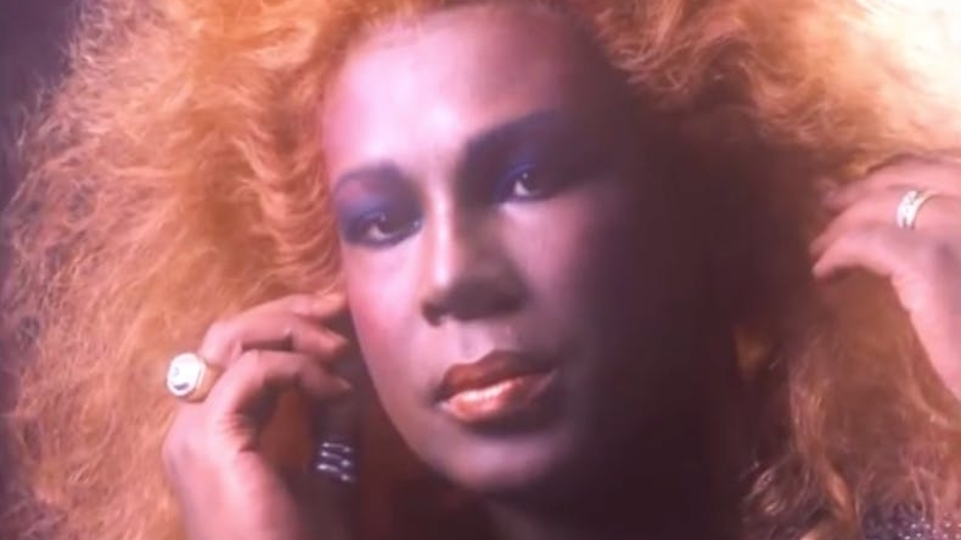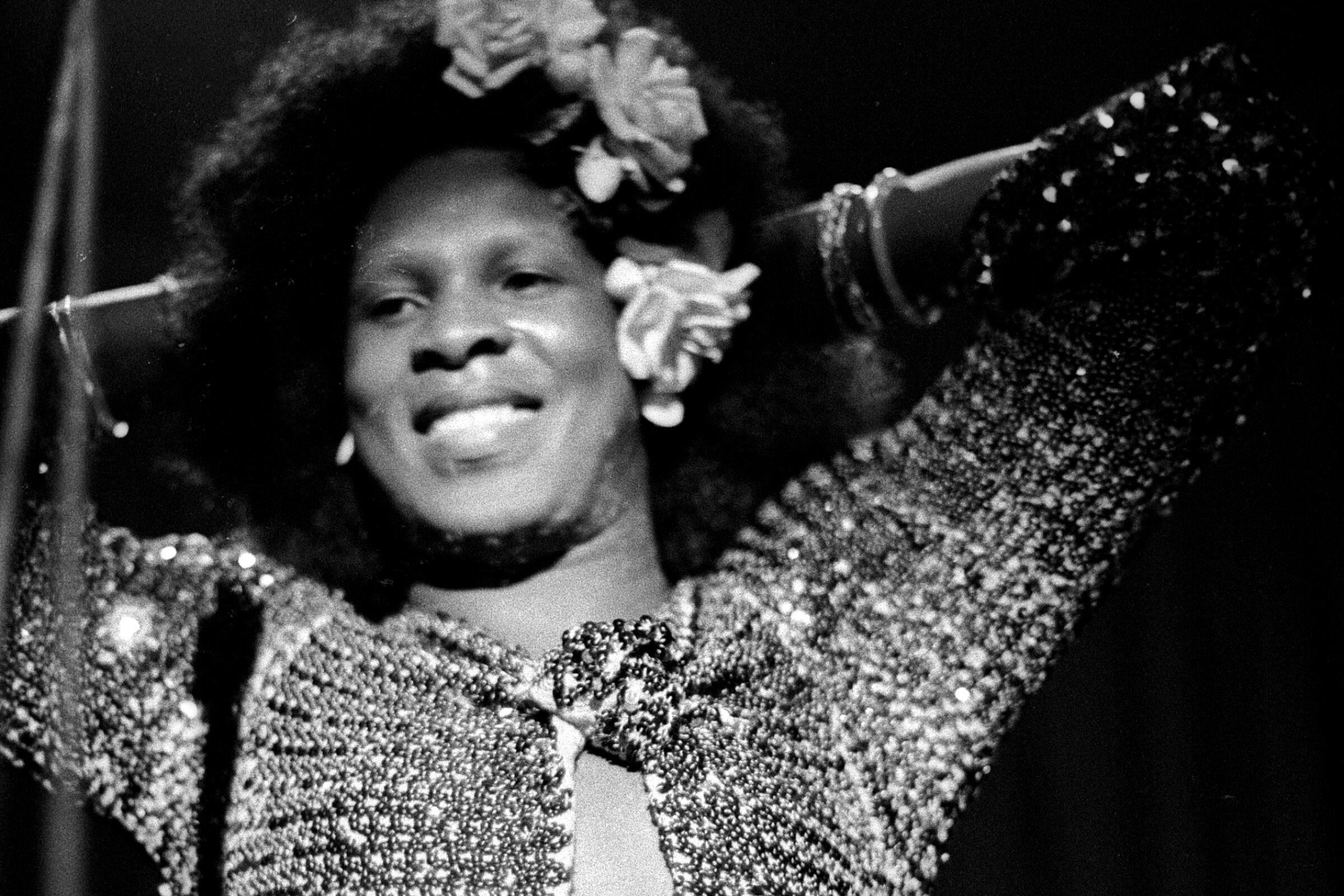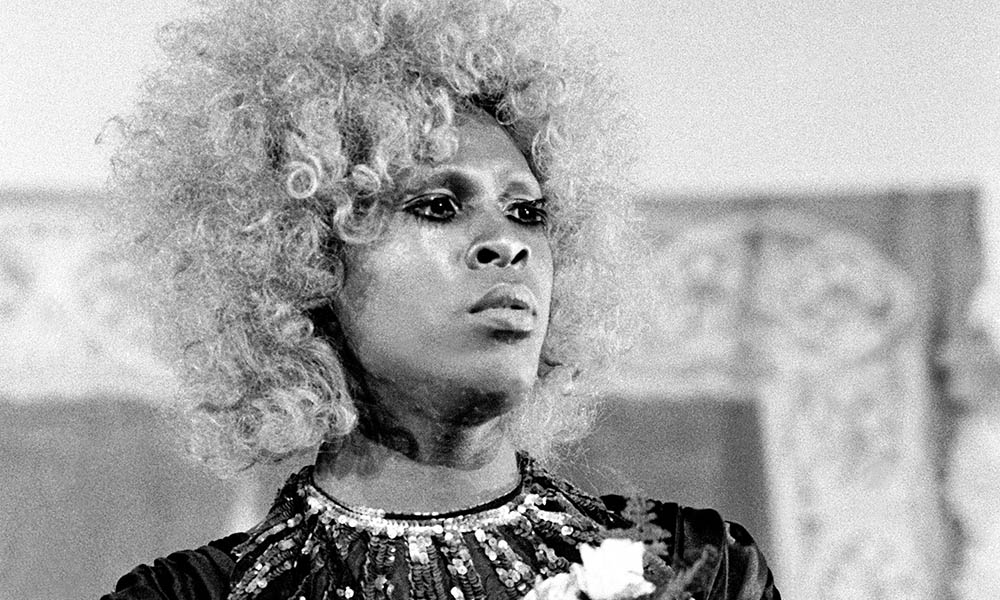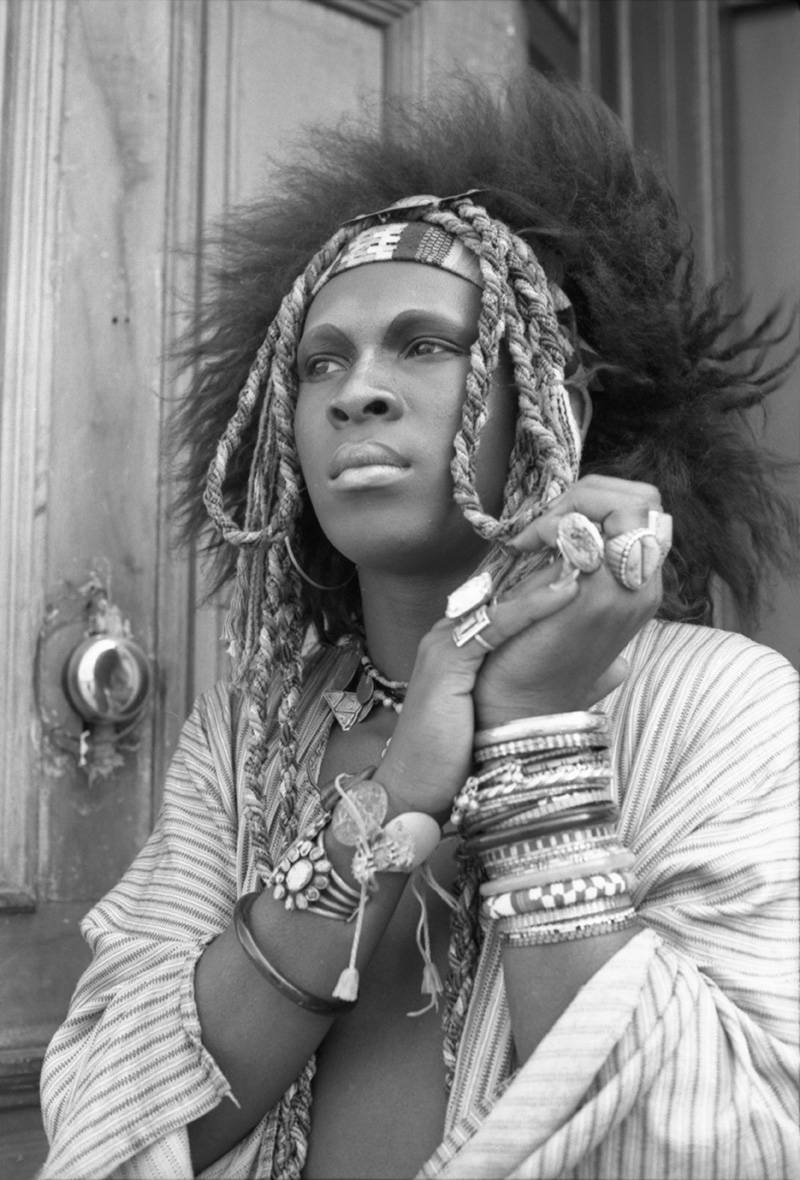Sylvester
Sylvester

Sylvester James Jr., known professionally as Sylvester, was an American singer-songwriter prominent in the disco, rhythm and blues, and soul genres. Born in Watts, Los Angeles, Sylvester's musical journey began in the gospel choir of his Pentecostal church, where he discovered his passion for singing. However, due to the congregation's disapproval of his homosexuality, Sylvester left the church and found acceptance among a group of black cross-dressers and transgender women known as the Disquotays.
In 1970, Sylvester moved to San Francisco, where he became part of the counterculture scene and joined the avant-garde drag troupe, the Cockettes. He contributed solo segments heavily influenced by female blues and jazz singers during the Cockettes' performances. After the group's tour received critical backlash in New York City, Sylvester pursued a solo career.
Fronting Sylvester and his Hot Band, he released two albums that saw limited commercial success. However, his solo career gained traction after signing with Fantasy Records and collaborating with backing singers Martha Wash, Izora Rhodes, and Jeanie Tracy. His self-titled album "Sylvester" (1977) and the disco hit album "Step II" (1978) propelled him to fame with singles like "You Make Me Feel (Mighty Real)" and "Dance (Disco Heat)."
While Sylvester initially gained fame as the "Queen of Disco," he later distanced himself from the genre. He recorded several albums with Fantasy Records before signing with Megatone Records, where he collaborated with Patrick Cowley, producing hits like "Do Ya Wanna Funk."
Throughout his career, Sylvester was an activist against the spread of HIV/AIDS, a cause that hit close to home as he succumbed to complications from the virus in 1988. He left his future royalties to HIV/AIDS charities in San Francisco. In recognition of his contributions to music, Sylvester was posthumously inducted into the Dance Music Hall of Fame in 2005. His life has been documented in a biography, a documentary, and a musical, cementing his legacy in the music industry and LGBTQ+ community.
Sylvester's relationship with Lonnie Prince during the late 1960s was a significant part of his life, and they were often seen as a glamorous and admired couple within their social circle. However, their relationship existed within a social and legal context that was not always accepting of their lifestyle.
Sylvester's choice to express his gender identity through cross-dressing posed significant risks in a time when such behavior was criminalized in California. Despite the threat of arrest and prosecution, Sylvester remained true to himself, even as he faced multiple arrests for unrelated offenses like shoplifting.
Throughout the 1960s, Sylvester navigated various jobs and professions, showcasing his versatility and adaptability. From working in fast-food restaurants to serving as a makeup artist at a mortuary, Sylvester's career path was diverse and reflected his creative spirit.
During this tumultuous period marked by the Civil Rights Movement and the Watts riots, Sylvester and his friends engaged in acts of rebellion and resistance, albeit in unconventional ways. Their participation in rioting and looting reflected a broader sense of discontent and defiance against social norms and injustices.
Sylvester's graduation from Jordan High School in 1969 symbolized a milestone in his journey, marked by his unapologetic expression of self through drag attire. As the decade drew to a close, Sylvester's evolving identity reflected a shift towards a more androgynous style, influenced by the emerging trends of the hippie movement.
Despite the challenges and changes that characterized this period of his life, Sylvester remained steadfast in his commitment to authenticity and self-expression, laying the groundwork for his future as a pioneering figure in music and LGBTQ+ advocacy.
Sylvester's transition to San Francisco marked a significant turning point in his life and career. His encounter with Reggie Dunnigan at the Whisky a Go Go led him to join the Chocolate Cockettes, a subgroup within the avant-garde drag troupe known as the Cockettes.
The Cockettes, founded by drag queen Hibiscus in 1970, embodied the spirit of the counterculture movement, blending parody, activism, and experimentation in their performances. Living communally and embracing free love and mind-altering substances, the Cockettes challenged societal norms and celebrated diversity.
Sylvester's arrival in San Francisco coincided with the dissolution of the Disquotays and his growing disillusionment with Los Angeles. Impressed by his musical talent and flamboyant persona, the Cockettes welcomed Sylvester into their fold, recognizing his potential as a performer.
Despite feeling somewhat isolated due to his status as one of the few African-American members and his preference for more glamorous performances, Sylvester made his mark within the troupe. His solo scenes, characterized by his falsetto singing voice and charismatic stage presence, earned him a dedicated following among audiences.
Collaborating with pianist Peter Mintun, Sylvester honed his skills and developed a repertoire inspired by his musical idols, including Billie Holiday and Josephine Baker. Embracing the persona of "Ruby Blue" and weaving elements of black musical heritage into his performances, Sylvester challenged racial stereotypes and celebrated his identity on stage.
Through his contributions to the Cockettes, Sylvester not only showcased his artistic talent but also established himself as a trailblazing figure in the LGBTQ+ and counterculture movements of the era. His time with the Cockettes laid the foundation for his future success as a renowned singer-songwriter and LGBTQ+ icon.
References
- Annie Vainshtein (November 10, 2017). "These people have been awarded the keys to San Francisco". SF Gate. Retrieved January 26, 2022.
- ^ Davis 2015, p. 1.
- a b c Gamson 2005, p. 15.
- a b c Shapiro 2005, p. 76.
- ^ Gamson 2005, pp. 14–15.
- ^ Gamson 2005, p. 15; Davis 2015, pp. 1–2.
- ^ Gamson 2005, p. 14.
- ^ Gamson 2005, pp. 14–16; Davis 2015, p. 2.
- ^ Gamson 2005, p. 16; Davis 2015, p. 2.
- ^ Gamson 2005, pp. 17–21; Brogan 2012, p. 67; Davis 2015, p. 2.
- ^ Gamson 2005, p. 20.
- Gamson 2005.
- a b Gamson 2005, pp. 22–23; Davis 2015, p. 2.
- ^ Gamson 2005, p. 24; Brogan 2012, p. 67.
- ^ Gamson 2005, p. 25; Davis 2015, p. 2.











































